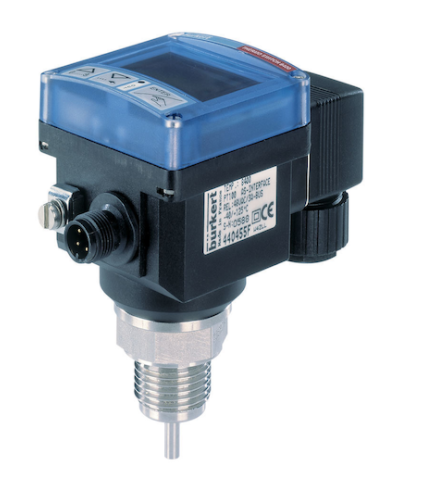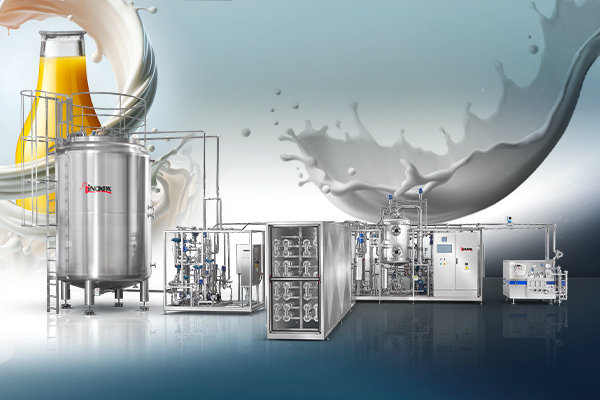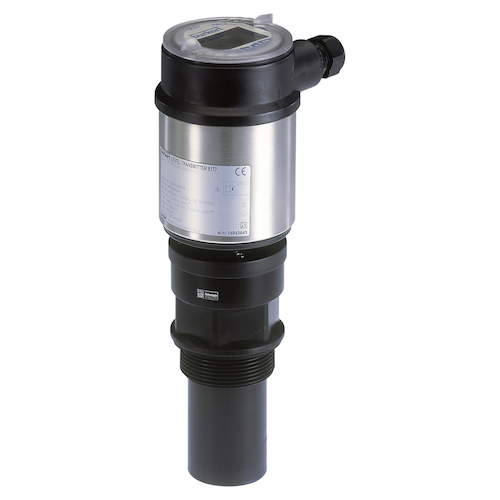
What is a temperature transmitter?
At BM Engineering Supplies, we understand the importance of sourcing high-quality process instrumentation for measuring, monitoring and controlling essential processes like temperature. We have an extensive range of temperature transmitters that are vital for use in a number of applications. What does a temperature transmitter do? Continue reading as we explain the functions and benefits of temperature transmitters.
How does a temperature transmitter work?
A temperature transmitter is an electrical instrument that interfaces a temperature gauge – such as a thermocouple, RTD, or thermistor – to a measurement or control device, such as a PLC, DCS, PC, loop controller, data logger, display or recorder.
Typically, temperature transmitters isolate, amplify, filter noise, linearise, and convert the input signal from the sensor and then transmit a standardised output signal to the control device. Common electrical output signals used in manufacturing plants are 4-20mA or 0-10V DC ranges. For example, 4mA could represent 0°C and 20mA means 100°C.
Temperature transmitters are commonly used in industrial, commercial, and scientific applications where accurate temperature measurements are crucial.
What are the advantages of temperature and pressure transmitters?
Temperature transmitters feature significant advances over their direct wired counterparts. First of all, they eliminate special cabling requirements that simplify engineering and maintenance, as well as enable advanced diagnostics. They offer exceptional accuracy, remote monitoring and compatibility. They can optimise energy well and require little maintenance on a regular basis, improving costs and ensuring a long lifespan. Temperature transmitters are designed to withstand harsh industrial environments, ensuring their reliability in demanding conditions.
Also, some temperature transmitters have data logging capabilities, which allow for the storage of historical temperature data. This is useful for process analysis, quality control, and compliance with regulatory requirements.
Further benefits of temperature transmitters include:
- The ability to include local indication and control.
- Much greater noise resistance, especially over long distances.
- Isolate, amplify, filter noise, linearise and convert the input signal from the sensor.
- Output signal works with many standard devices.
- Does not require expensive extension wire.
Bürkert temperature transmitters at BM Engineering
The Bürkert Type 8400 temperature transmitter is an intelligent sensor/switch with an extra large display. It’s specifically designed to switch a valve and establish a monitoring system or an ON/OFF control loop. Compact and wall versions of the Bürkert temperature transmitter are available and connections to the process in the piping are made using standard fittings. The switching points can be programmed with the three keypads or, optionally, with input 4–20 mA, from an external PLC over a 4–20 mA loop.
The switching points can be programmed with the three keypads or, optionally, with input 4–20 mA, from an external PLC over a 4–20 mA loop. As an option, the process value can additionally be transmitted to the PLC (4–20 mA). This device also delivers menu-guided parameterization and complete communication thanks to external setpoints.
Temperature transmitters at BM Engineering
At BM Engineering, we can guide you through your temperature transmitter selection process. With more than 40 years of industry experience, you can be sure that we will find the ideal temperature transmitter for your application.
Speak to BM Engineering Supplies today about our complete range of temperature transmitters by contacting us at 0141 762 0657 or email sales@bmengineering.co.uk.



